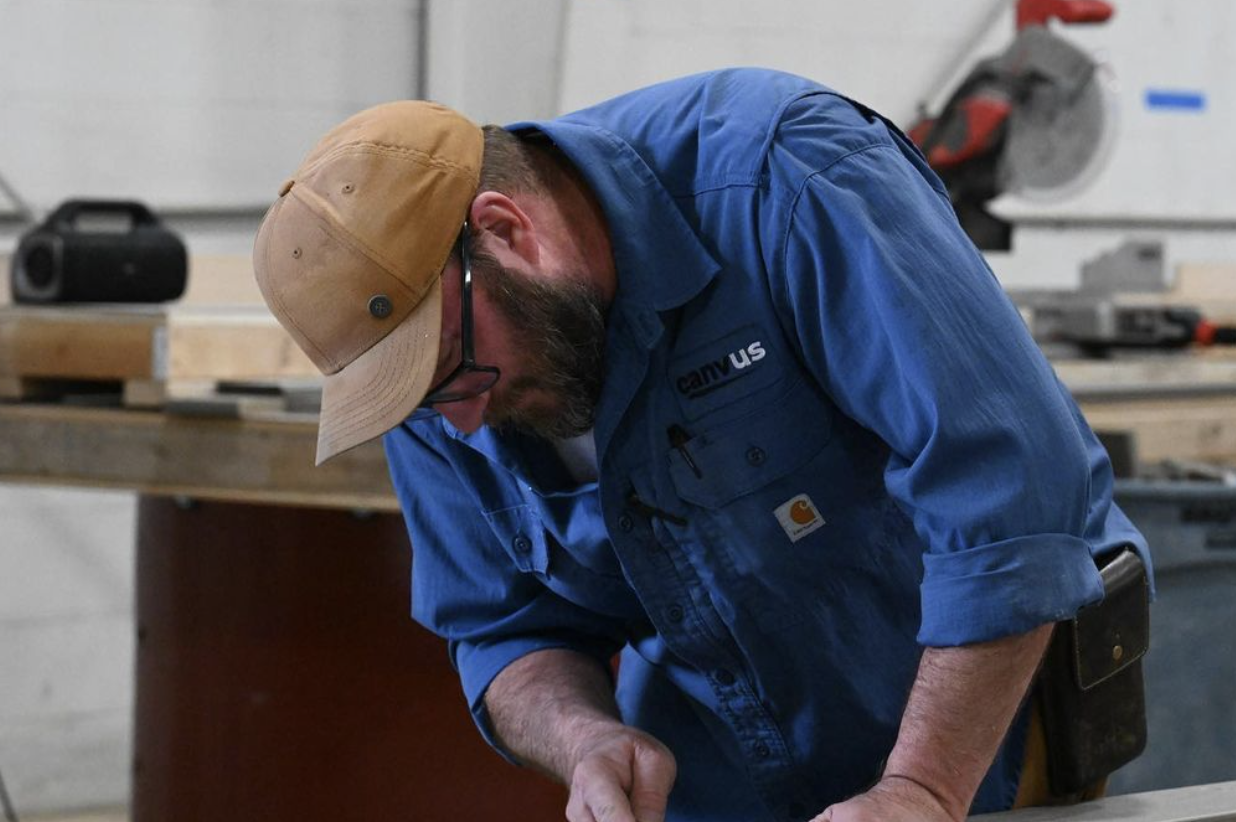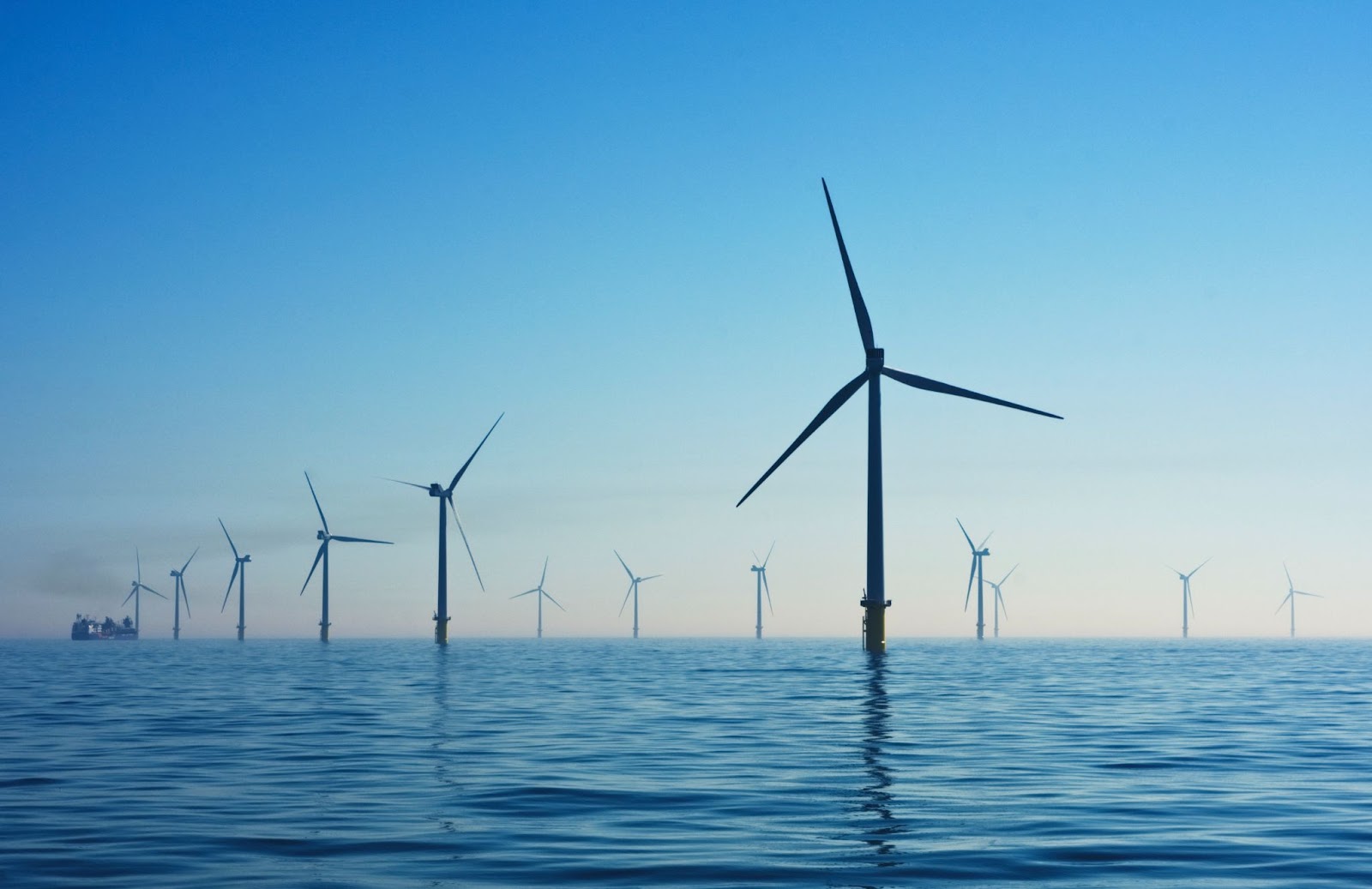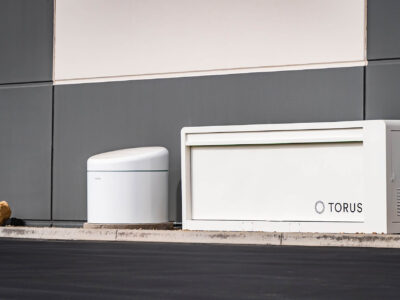The switch to renewable energy globally has reinforced the need for various sources. Wind power is one of the most accessible resources the planets have. More wind farms, both offshore and inland, are opening globally. While wind cannot power a nation or a state by itself, it plays a significant role in decarbonizing the planet when linked with solar and green hydrogen.
Texas, Iowa, and Oklahoma are the three top users of wind energy as a clean energy source in the U.S. According to the World Economic Forum, there are 10 states in the country that have zero wind power integrated into their grids. Texas only generates 20% of the state’s net energy from wind, with states like Iowa dwarfing that with 58%. However, Texas has the largest terawatt output from wind, 92.9 TWh, out of the top three states.
As more states move toward wind power, an issue arises around what to do with wind turbines once they reach the end of their life cycle. A standard wind turbine can last up to two decades before needing replacing. National Grid says they are highly recyclable. Being made out of fiberglass and metals like copper, aluminum, steel, and even recyclable plastics, old windmill blades could be repurposed into other things.

Photo Courtesy Canvus
Enter Canvus, an Ohio-based startup with a neat solution to reducing wind turbine waste: flip those bad boys into artwork that serves as public leisure space. Based in Rocky River, OH, the firm has set up several structures in cities across the U.S.
“We upcycle retired wind turbine blades into benches, planters, and picnic tables for communities across the U.S. Every piece is unique, utilizing the blade’s natural organic shape to craft big, bold, and beautiful products,” Mike Crissman, the brand’s communications manager, explained to The Business Download via email.
Turbine blades are massive, both in length and mass. They weigh up to 30,000 pounds and are as long as 350 feet. Recycling them is no small feat, but it is a sustainable solution to literal giant waste. Canvus repurposes these blades into benches, picnic tables, flower beds, and other public space structures. The unique shape of these structures is their standout trait.
The fiberglass in the blades won’t break down naturally since it is made from plastic and glass. However, both materials are highly recyclable and can be repurposed for consumer or industrial products.
It is imperative to find a sustainable solution to decommissioned wind turbines. Many other countries are doing that now. Denmark is using blades as bike shelters and in Poland as street furniture. In the U.S., blades have been used as noise barriers on interstate highways.
Canvus is a more creative solution. The company works with multiple artists to design and build its furniture. Through the PAR program, each artist adds a new perspective to every functional sculpture.

Photo Courtesy Nicholas Doherty
Every structure gets a name like Beacon, Deborah, and Willow. Many projects have already been placed across the country, including Ohio, Minnesota, Wisconsin, Arizona, California, and Kentucky. City officials who worked with Canvus sang their praises.
“Their benches breathe new life into something that would have ended up in a landfill,” Canden Stanley, general manager of marketplace & community park for Bullhead City, AZ, said on the company website.
Canvus also upcycles materials like old tires, shoes, and plastic waste to make its art. That’s good to know as the world continues to innovate more waste reduction technology.
“Our mission at Canvus is to create an ecosystem for all to amplify their public spaces,” Crissman said. “We do this through our products, our sponsor/donor program, and our digital platform.”





